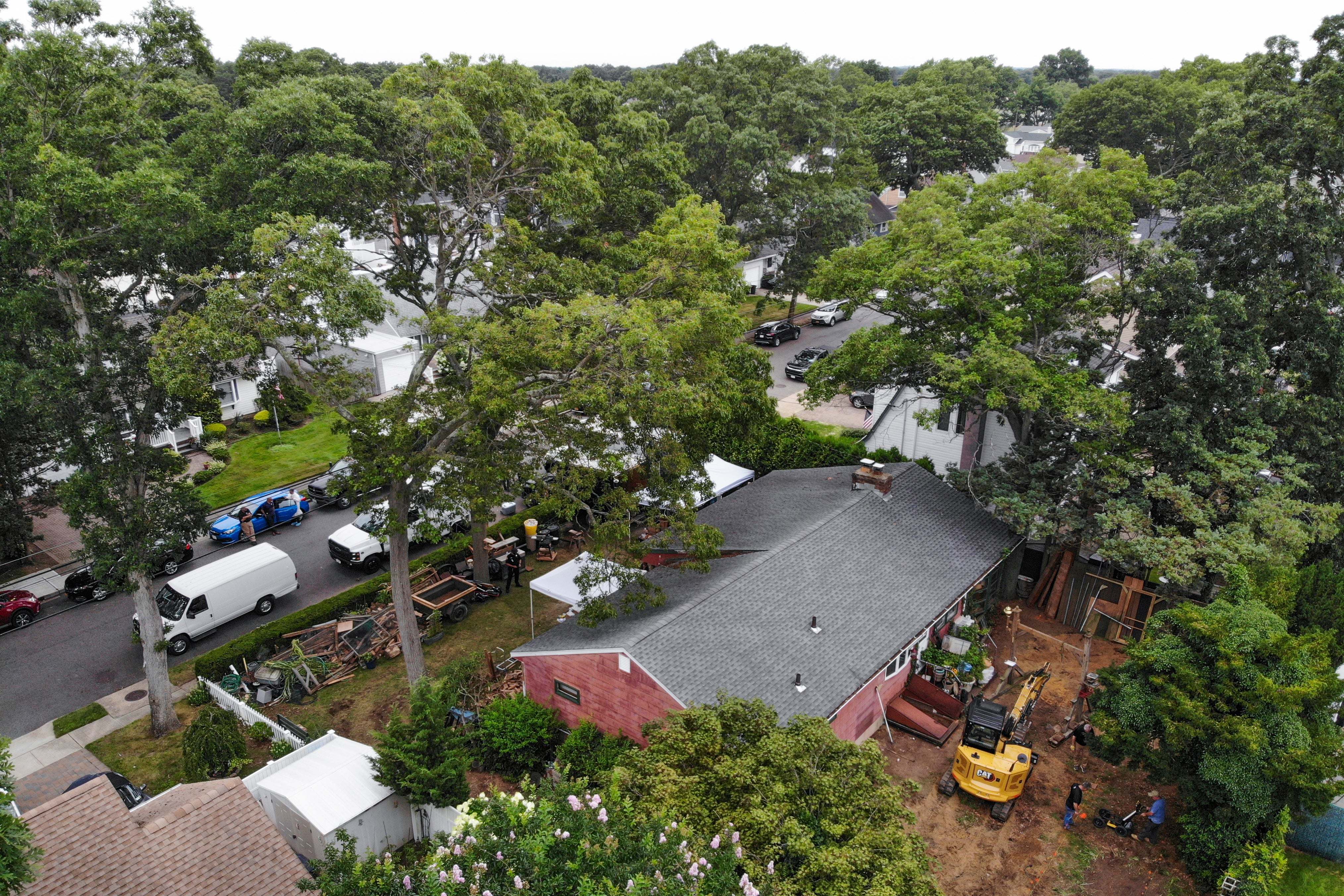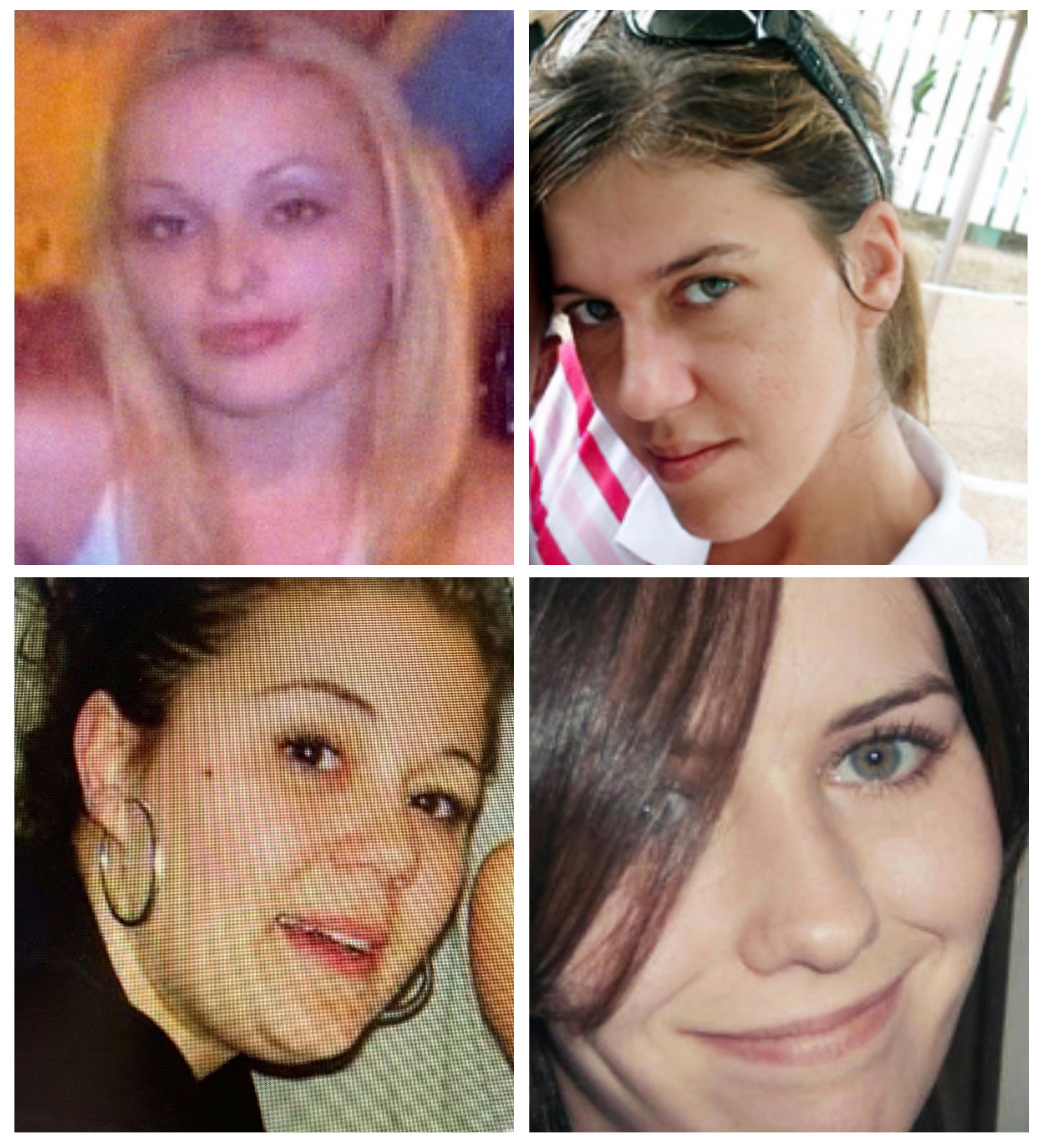Rex Heuermann’s ‘disturbing’ online behaviour days before Gilgo Beach arrest revealed
With no arrests made in connection to the deaths of seven victims, Commissioner Harrison said that he cannot rule out the possibility that there is still another serial killer on the loose
Gilgo Beach serial killer suspect Rex Heuermann continued to show “disturbing” behaviour right up until his arrest for the murders of three women, according to the top investigator on the case.
Suffolk County Police Commissioner Rodney Harrison also wouldn’t rule out the possibility that Mr Heuermann may have been “preparing to kill again” at the time of the arrest.
Mr Harrison told Newsday that law enforcement saw some concerning actions from the married father-of-two while he was under surveillance before his arrest last month.
“I can’t talk about if he was preparing to kill again,” he said.
“He’s somebody that was still engaging in activity that was disturbing, be it his internet searches, be it engaging in other activities that he shouldn’t be engaging in.”
Commissioner Harrison added that he was “very, very passionate” about keeping eyes on Mr Heuermann up until his arrest because “we need to see what his lifestyle is”.
The accused killer had been on the radar of Long Island police for months – not long after the newly-appointed commissioner launched a new taskforce to crack the unsolved Gilgo Beach serial killer case back in January 2022.
After surveilling him for months, officers swooped on the architect as he left his office in Manhattan on 13 July.
Mr Heuermann was charged with the murders of Megan Waterman, Melissa Barthelemy and Amber Costello and is also the prime suspect in the murder of Maureen Brainard-Barnes.
All four women, known as the “Gilgo Four”, worked as sex workers and disappeared between 2007 and 2010 after going to meet a client.
They were all found in December 2010 within one-quarter mile of each other, bound by belts or tape and some wrapped in burlap – their bodies dumped along Gilgo Beach.
They are among 11 victims whose remains were found along the shores of Long Island in 2010 and 2011, sparking fears that one or more serial killers was at large.
Last week, investigators announced that one of the victims had finally been identified.
Karen Vergata, 34, was last seen alive on Valentine’s Day 1996.

At the time, she was living on West 45th St in Manhattan and is believed to have been working as an escort.
In April 1996, her legs were found wrapped in plastic at Davis Park on Fire Island’s Blue Point Beach.
Almost exactly 15 years later on 11 April 2011, her skull was then found off Ocean Parkway during the search for Gilgo Beach victims. The two sets of remains in Fire Island and Ocean Parkway were later found to belong to the same person but her identity remained unknown until now.
In a press conference announcing Vergata’s identity last week, Suffolk County officials refused to confirm whether or not her murder may be linked to Mr Heuermann.
So far, the accused serial killer has only been charged with three of the 11 murders and is expected to be charged with a fourth.
On Wednesday, a judge ordered that he hand over a cheek swab DNA sample as part of the ongoing investigation.
While the investigation continues and no arrests have been made in connection to the deaths of the other seven victims, Commissioner Harrison said that he cannot rule out the possibility that there is still another serial killer out there.
“We were able to bring comfort to three families, we’re very close to a fourth one, but we still have more work to do to identify the subject or subjects that were involved with the other bodies that were discovered,” he told Newsday.
“I can’t tell you at this time,” he said, when pressed about whether or not residents should fear another predator.
“Is Rex Heuermann going to be held accountable for the other bodies on Ocean Parkway? Time will tell.”
However, the police commissioner did double down on the stance that investigators are not treating Shanann Gilbert’s death as a murder – but as “a horrible accident”.
“Myself and the investigators assigned to the homicide squad still believe it was just an incident where she ran into the marsh and unfortunately drowned on that horrible day,” he said.

The disappearance of Gilbert led to the discovery of the string of bodies along Gilgo Beach.
It was May 2010 and she vanished after leaving a client’s house on foot near Gilgo Beach, making a final chilling 911 call saying she feared for her life.
During a search for Gilbert in dense thicket close to the beach, police discovered human remains.
By spring 2011, the remains of a total of 10 victims had been found including eight women, a man, and a toddler. Gilbert’s body was then found in December 2011.
Her cause of death is widely contested with authorities long claiming that it is not connected to the serial killer or killers but that she died from accidental drowning as she fled from the client’s home.
However, an independent autopsy commissioned by her family ruled that she died by strangulation and her mother believes she was murdered.
Court records show that Mr Heuermann was linked to the “Gilgo Four” murders through a tip about his pickup truck, a stash of burner phones, “sadistic” online searches, phone calls taunting victims’ families, his wife’s hair found on the victims’ bodies – and a pizza crust.
The first piece of the puzzle came when a witness in the Amber Costello case revealed details about a vehicle that a client was driving when she was last seen alive.

Costello, who worked as a sex worker, was seen alive on the evening of 2 September 2010 when she left her home in West Babylon. A witness said she had gone to meet a client who was driving a first-generation Chevrolet Avalanche.
Last year, a registration search showed that local man Mr Heuermann owned a first-generation model of the truck at the time of Costello’s disappearance. He also matched the witness’ description of the man believed to be the killer: a large, white “ogre”-like male in his mid-40s, around 6’4’ to 6’6” tall, with “dark bushy hair,” and “big oval style 1970’s type eyeglasses”.
The discovery of the car led investigators to hone in on Mr Heuermann including executing 300 subpoenas, search warrants and other legal processes to obtain evidence to determine his potential involvement in the killings.
Among this was Mr Heuermann’s alleged use of burner phones, with prosecutors saying that he used burner phones to contact the three women and arrange to meet them at the time when they went missing.
He also allegedly took two of the victims’ cellphones – and used one to make taunting phone calls to one of their families where he boasted about her murder, court documents state.
Mr Heuermann’s DNA was found on one of the victims, while his wife’s hair was found on three of the four women he is connected to.



